Looking to Relocate? Plan for Climate Change
Extreme weather events are on the rise. If you’re moving, make sure your new home is protected from climate change disasters.
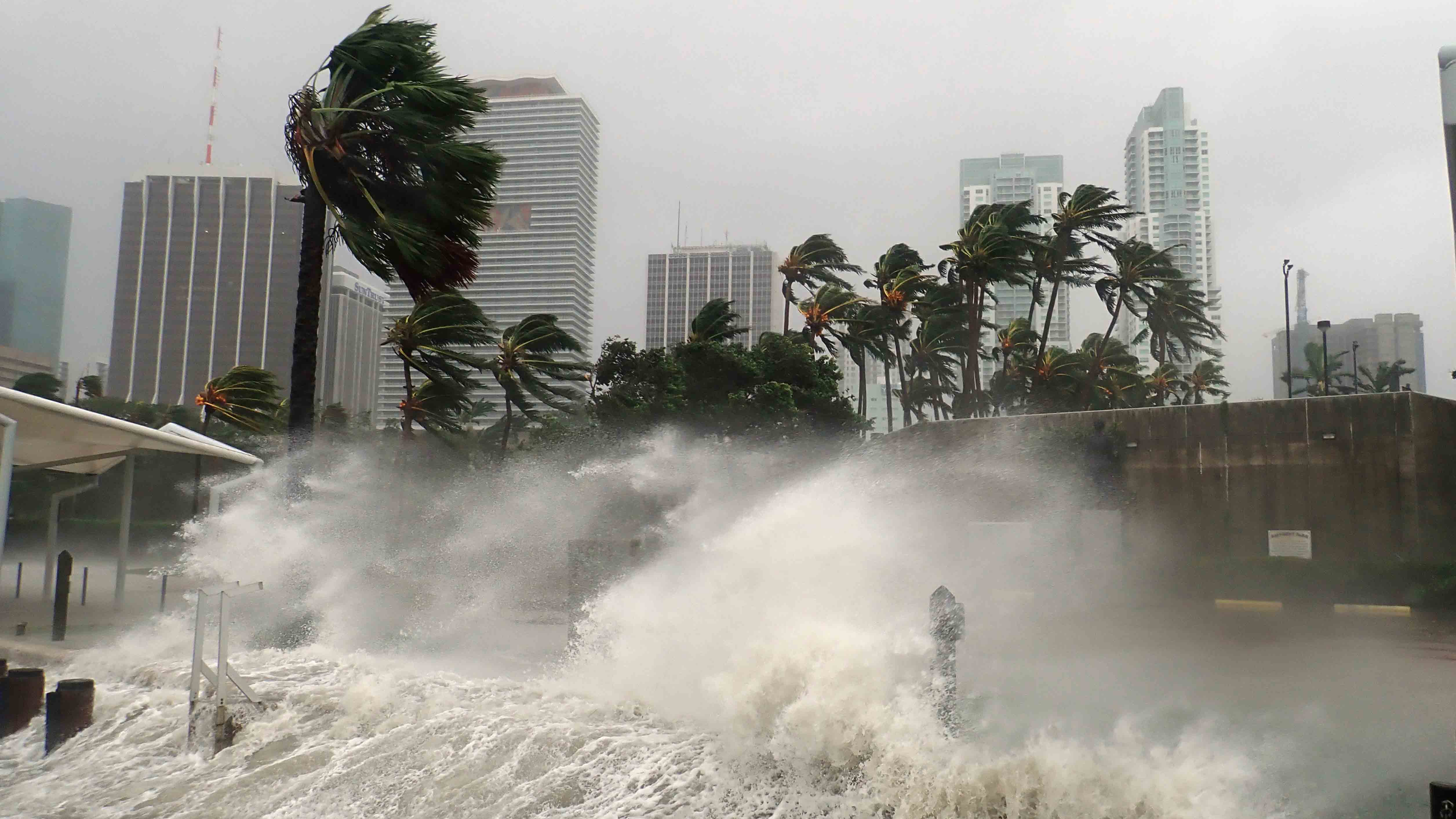

In 2024, the United States experienced a record-breaking number of billion-dollar weather and climate disasters. According to NOAA, there were 27 individual events, including hurricanes, wildfires and severe storms, each causing more than $1 billion in damages. This continues an alarming trend of increasingly frequent and costly natural disasters.
As climate change intensifies, extreme weather events are becoming more severe and widespread. Rising sea levels, prolonged droughts and stronger storms are reshaping communities and making some areas riskier for homeowners. These changes highlight the importance of considering climate-related risks when choosing where to live.
Researching flood zones, wildfire risks and local adaptation efforts can help protect your investment and personal safety. Being proactive and thorough in your search now can help you avoid costly and disruptive climate-related challenges in the future. Fortunately, there are tools you can use to assess your risks — and take steps to mitigate them — before you buy a new home.

Sign up for Kiplinger’s Free E-Newsletters
Profit and prosper with the best of expert advice on investing, taxes, retirement, personal finance and more - straight to your e-mail.
Profit and prosper with the best of expert advice - straight to your e-mail.
How to Check for Floods
The Federal Emergency Management Agency (FEMA) periodically updates its flood maps and is required by law to let Congress know when changes are made. FEMA also recently updated its flood insurance premium algorithm to incorporate more variables, including flood frequency and the types of floods — storm surges, river overflows and heavy rainfalls, for example — that could affect a particular area.
With the old maps, FEMA assessed risk-based mostly on the elevation of your property. To find your FEMA map, go to www.fema.gov/flood-maps.
You can get specific information about the risk flooding poses to a prospective home from Risk Factor. The free tool provides flood and wildfire data for more than 145 million properties across the U.S. You’ll need the exact address of the home (or homes) you’re considering buying.
Risk Factor will rate the risk of floods or fires for a specific address on a scale of 1 to 10—1 being a minimal flood or fire risk and 10 being the highest. It will also project the risks to your county over a 30-year time frame, identify the FEMA zone your property is in and give you a range of what you could expect to pay for flood insurance premiums.
Knowing your home’s risk of flooding will help you determine whether you should buy flood insurance. Flood damage is not covered by standard homeowners insurance policies, so you will have to purchase a separate flood insurance policy from a private insurance company or through FEMA. For more information, go to www.fema.gov/flood-insurance.
How to Check for Wildfires, Hurricanes and Everything Else
FEMA’s National Risk Index assesses every U.S. county’s overall risk profile, as well as the risk that it will be hit by one or more natural disasters (including wildfires, tornadoes, hurricanes and coastal flooding). The NRI also provides an estimate of the cost of natural disasters for specific counties.
Take Maricopa County, Ariz., home to Phoenix and numerous retirement communities. The NRI says it has a “relatively high” risk for wildfires, strong winds, river flooding and other disasters, and the index estimates the annual property loss at more than $44 million.
Hazard Hub’s free risk tool, used by both insurance agents and individuals, can also show you your property’s risk of damage from various calamities. As a plus, Hazard Hub also evaluates the risk of “man-made” issues, such as crime, nuclear plant accidents, leaks from underground storage tanks and more.
For more on what your homeowners insurance policy will cover if you’re hit by mother nature's wrath, go to How to Protect your Home from Natural Disasters with the Right Insurance.
Get Kiplinger Today newsletter — free
Profit and prosper with the best of Kiplinger's advice on investing, taxes, retirement, personal finance and much more. Delivered daily. Enter your email in the box and click Sign Me Up.

Rivan joined Kiplinger on Leap Day 2016 as a reporter for Kiplinger's Personal Finance magazine. A Michigan native, she graduated from the University of Michigan in 2014 and from there freelanced as a local copy editor and proofreader, and served as a research assistant to a local Detroit journalist. Her work has been featured in the Ann Arbor Observer and Sage Business Researcher. She is currently assistant editor, personal finance at The Washington Post.
-
 6 Stunning Waterfront Homes for Sale Around the US
6 Stunning Waterfront Homes for Sale Around the USFrom private peninsulas to lakes, bayous and beyond, Kiplinger's "Listed" series brings you another selection of dream homes for sale on the waterfront.
By Charlotte Gorbold Published
-
 Six Reasons to Disinherit Someone and How to Do It
Six Reasons to Disinherit Someone and How to Do ItWhether you're navigating a second marriage, dealing with an estranged relative or leaving your assets to charity, there are reasons to disinherit someone. Here's how.
By Donna LeValley Published
-
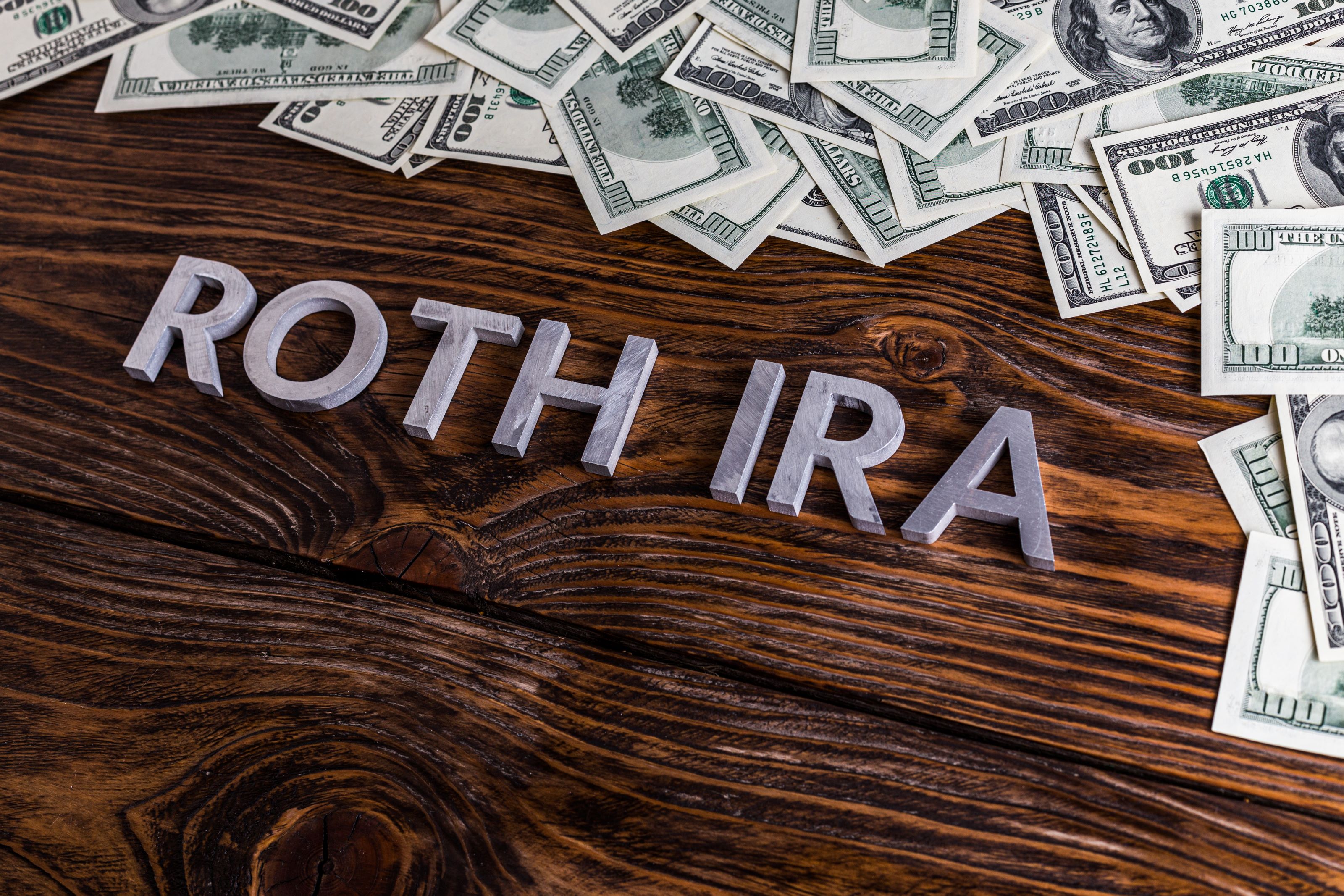 Roth IRA Contribution Limits for 2025
Roth IRA Contribution Limits for 2025Roth IRAs Roth IRA contribution limits have gone up. Here's what you need to know.
By Jackie Stewart Last updated
-
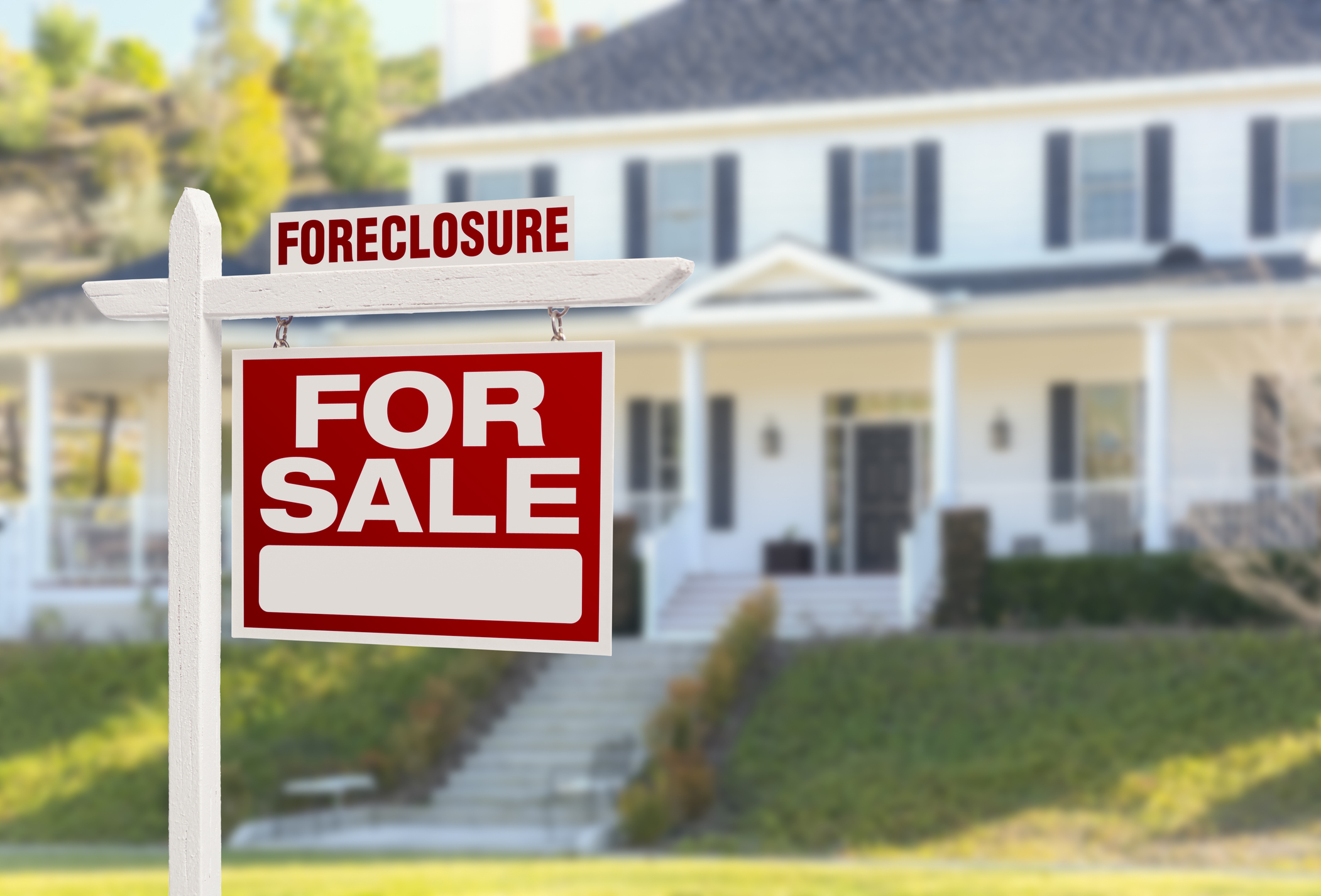 How to Find Foreclosed Homes: Best Foreclosure Listings Sites
How to Find Foreclosed Homes: Best Foreclosure Listings SitesMaking Your Money Last Find foreclosed homes for sale on these foreclosure listing websites. Search for properties on these free, paid or government sites.
By Bob Niedt Last updated
-
 Luxury Home Prices Rise as the Rich Dodge High Mortgage Rates
Luxury Home Prices Rise as the Rich Dodge High Mortgage RatesLuxury home prices rose 9% to the highest third-quarter level on record, Redfin reports, growing nearly three times faster than non-luxury prices.
By Kathryn Pomroy Published
-
 Four Tips for Renting Out Your Home on Airbnb
Four Tips for Renting Out Your Home on Airbnbreal estate Here's what you should know before listing your home on Airbnb.
By Miriam Cross Published
-
 Five Ways to a Cheap Last-Minute Vacation
Five Ways to a Cheap Last-Minute VacationTravel It is possible to pull off a cheap last-minute vacation. Here are some tips to make it happen.
By Vaishali Varu Last updated
-
 How to Figure Out How Much Life Insurance You Need
How to Figure Out How Much Life Insurance You Needinsurance Instead of relying on rules of thumb, you’re better off taking a systematic approach to figuring your life insurance needs.
By Kimberly Lankford Last updated
-
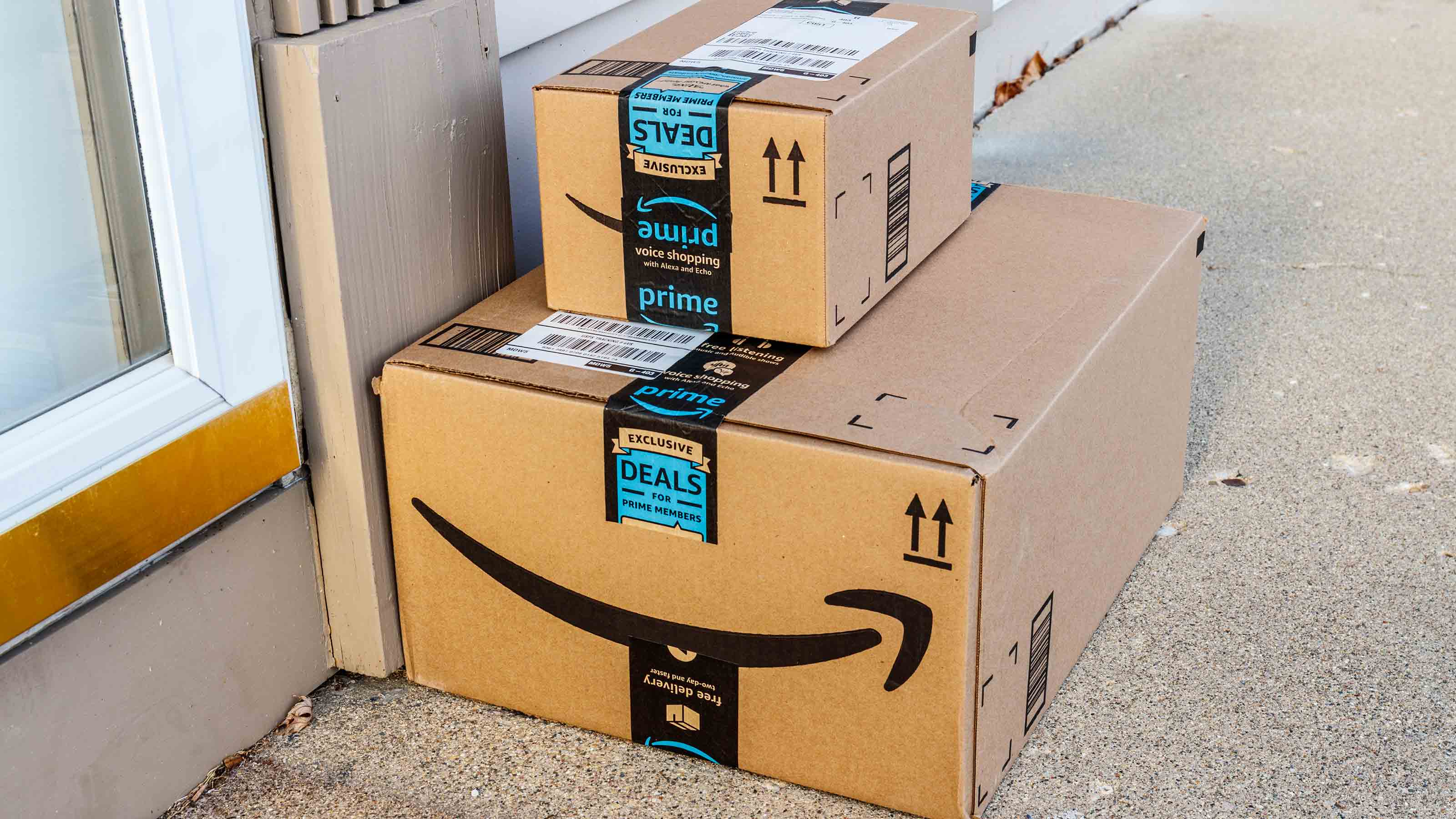 Amazon Big Deal Days Is Coming! We’ve Got All the Details
Amazon Big Deal Days Is Coming! We’ve Got All the DetailsAmazon Prime To kick off the holiday season with a bang, Amazon Big Deal Days runs Tuesday, October 8 and Wednesday, October 9.
By Bob Niedt Last updated
-
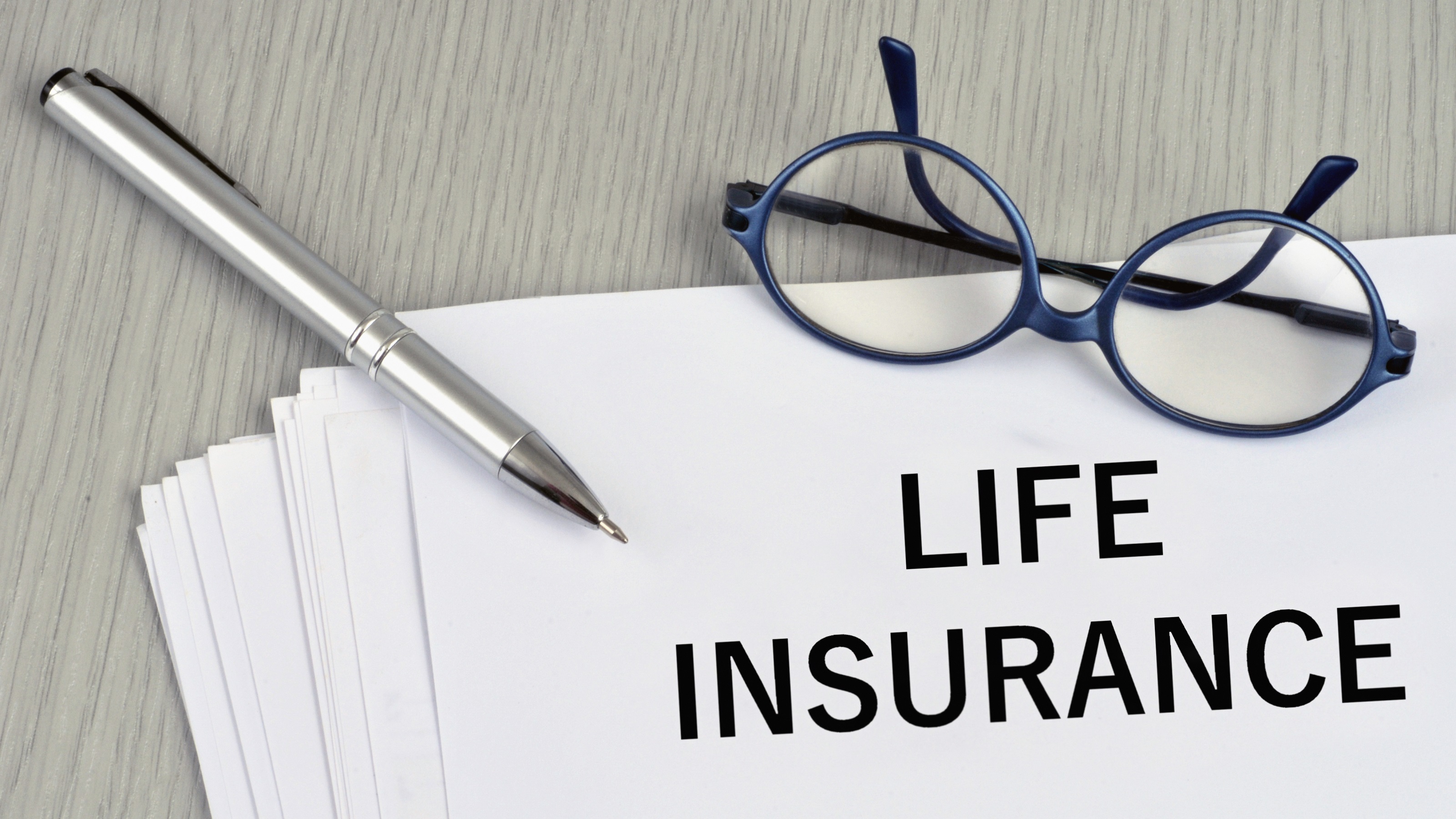 How to Shop for Life Insurance in 3 Easy Steps
How to Shop for Life Insurance in 3 Easy Stepsinsurance Shopping for life insurance? You may be able to estimate how much you need online, but that's just the start of your search.
By Kaitlin Pitsker Last updated